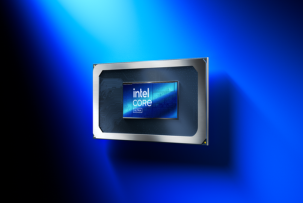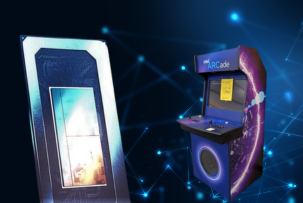Rapid Rise in DDR5 Memory Prices Amid AI Demand
14:04, 05.11.2025
The global memory market is showing clear signs of change, particularly the sharp surge in DDR memory prices. This increase is driven by the high demand from AI, data centers providing related computing power, and an overall shortage in supply.
Market Instability
The memory market remains unstable, as shown by recent corporate behavior. For instance, Samsung postponed signing fixed-price contracts until mid-November, which already pushed DDR memory prices up by 25% in a week.
Samsung, SK Hynix, and Micron currently refrain from offering fixed prices to customers, forcing buyers to overpay for stable supply chains.
The shortage affects not only DRAM but also NAND memory, prompting some retailers to limit or freeze SSD and HDD sales.
Price Forecast
Analysts predict an alarming trend: DDR5 prices may rise by 30–50% each quarter throughout 2026.
Currently, a 16 GB DDR5 module costs around $30, while in September, the same capacity was under $10, three times cheaper.
AI and Data Center Priority
The main reason for these pricing trends is the soaring demand from the AI sector, server manufacturers, and data centers. Memory producers now prioritize large AI market players over end consumers, leaving ordinary PC users facing a steady rise in component prices.


